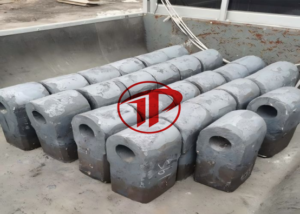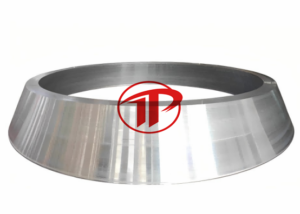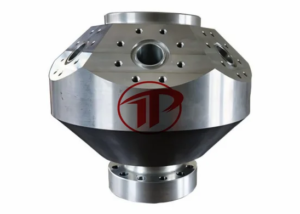AISI 1117
AISI 1117 is a low-carbon, free-machining steel classified under the ASTM A29/A108 standard
Descriptions
1. Chemical Composition
The typical chemical composition (weight percentage) is:
| Element | Content (%) |
| Carbon (C) | ≤0.27 |
| Manganese (Mn) | 1.00-1.30% |
| Phosphorus (P) | 0.08-0.13% (key for machinability) |
| Sulfur (S) | ≤0.04% |
| Iron (Fe) | Balance |
2. Mechanical Properties
Forging refines the grain structure, enhancing strength and durability. Typical mechanical properties for AISI 1117 forgings (annealed or normalized):
| Property | Value |
| Tensile Strength | 540-620 MPa(78-90ksi) |
| Yield Strength | 415-485 MPa(60-70 ksi) |
| Elongation | 20-25%(in 50 mm) |
| Hardness | 160-200 HB(Brinell) |
| Impact Energy (Charpy V-notch) | ~25-35 J(moderate, limited by sulfur content) |
3. Key Advantages
Excellent machinability (ideal for CNC or automatic lathes).
Cost-effective for high-volume production.
Good surface finish post-machining.
4. Limitations
Poor weldability (sulfur causes hot cracking).
Lower ductility and impact resistance compared to non-sulfurized steels (e.g., AISI 1018).
Limited use in high-stress or corrosive environments.
Recent products

P530 Non-Magnetic Drill Collar for MWD/LWD

Forged Crusher Hammer

7050 2024 Aerospace Aluminum Forging


CONTACT US
Address
B-2007,Chuanmei Building,Taishan Street,Taian City,Shandong, China
Call Us
+86 0538 6368027
Email Address
Sales@tiptopforging.com
Standards & Certifications
ASTM A108: Standard specification for steel bar, carbon, free-machining.
SAE J403: Chemical composition requirements.
ISO 683-1: Equivalent grade (11SMn30).
Applications
Shafts, gears, and pinions Engine components (e.g., camshafts, connecting rods) Fasteners (bolts, studs)
Bushings, couplings, and valve bodies Tool holders and jigs
Hydraulic fittings, flanges, and threaded rods Low-stress structural parts

